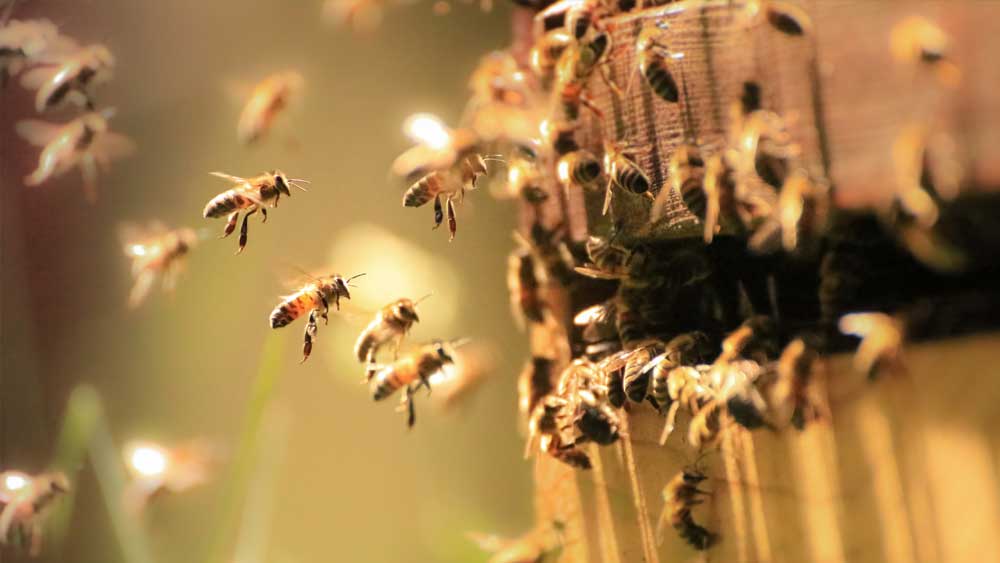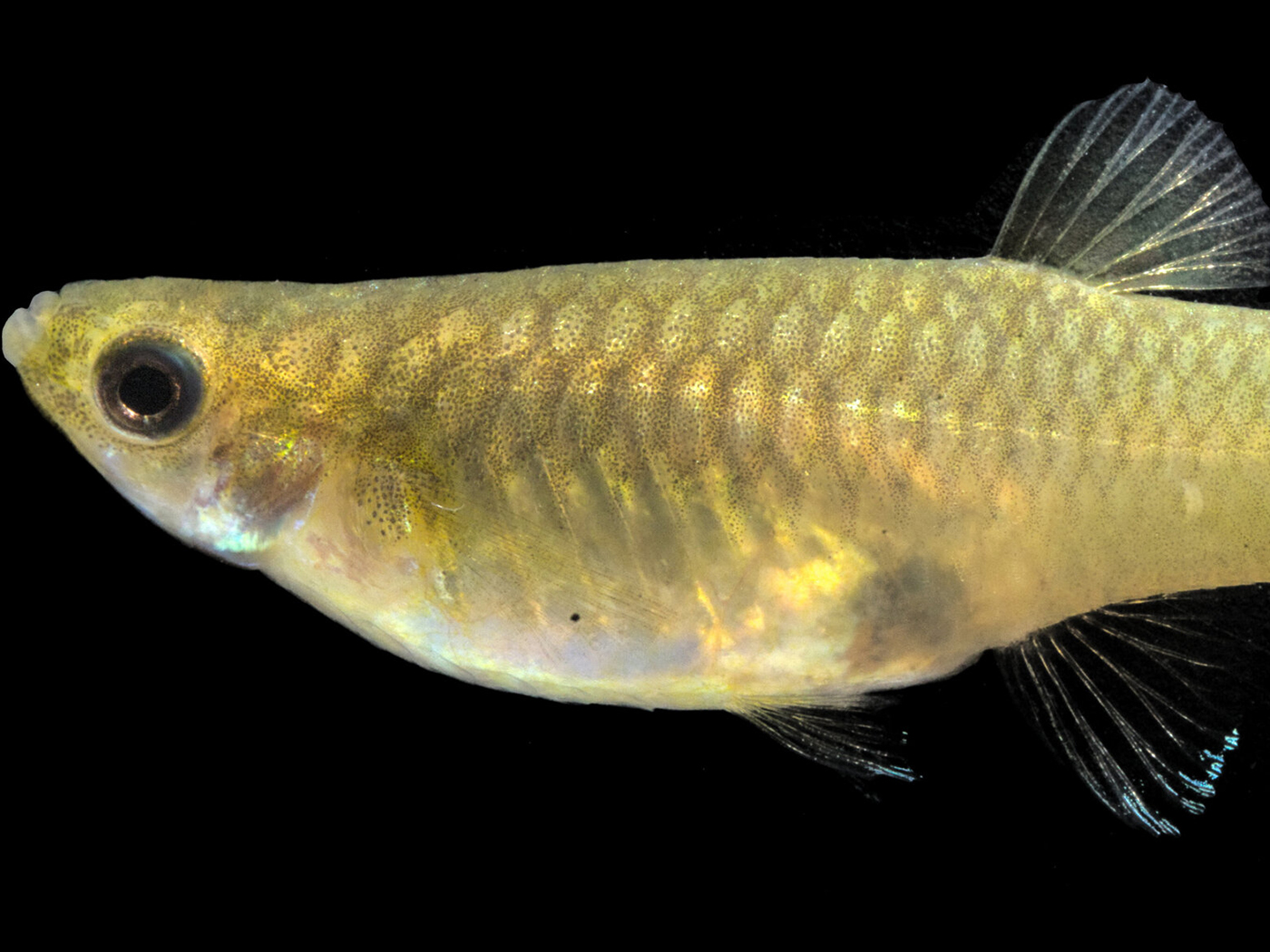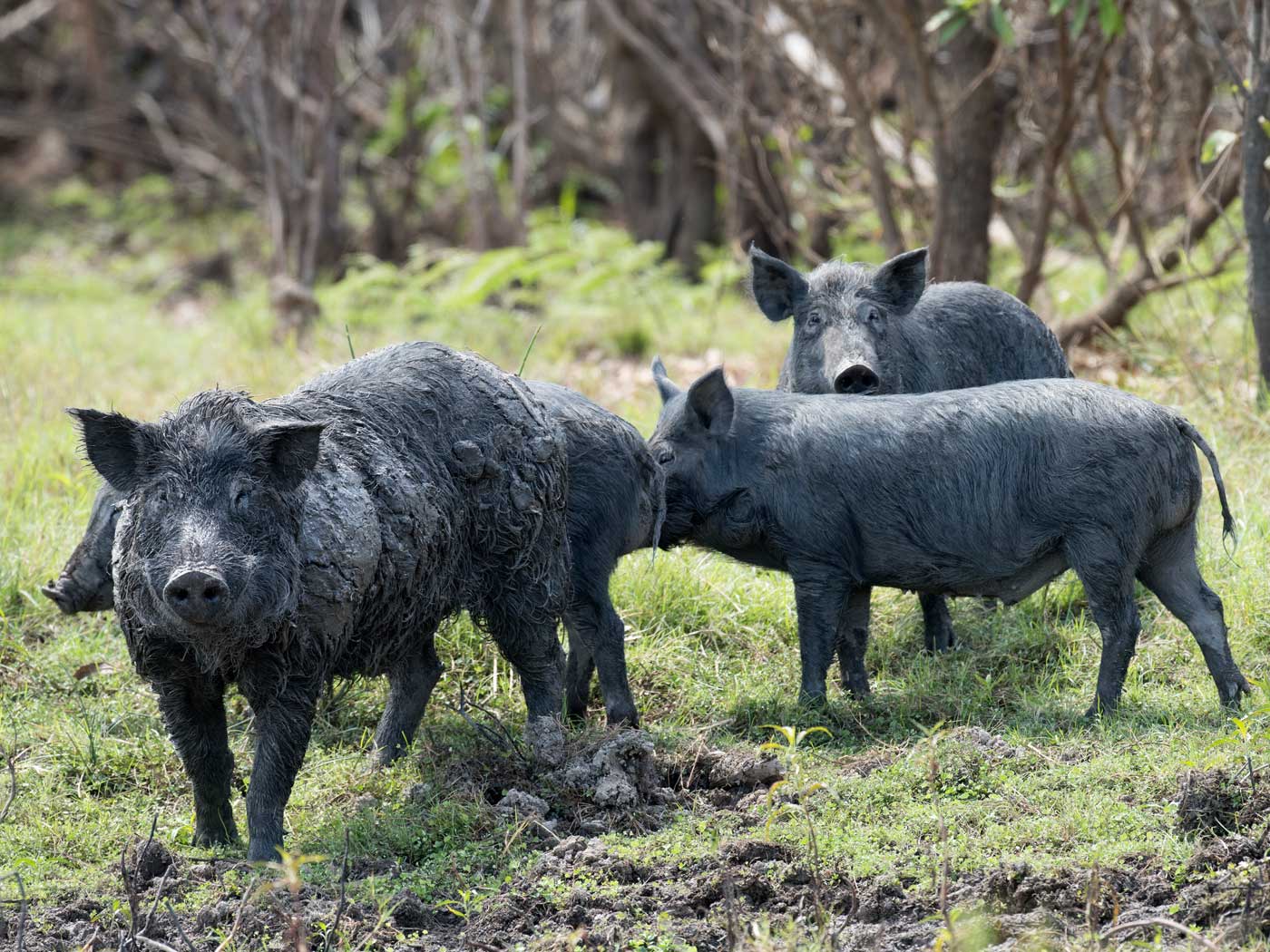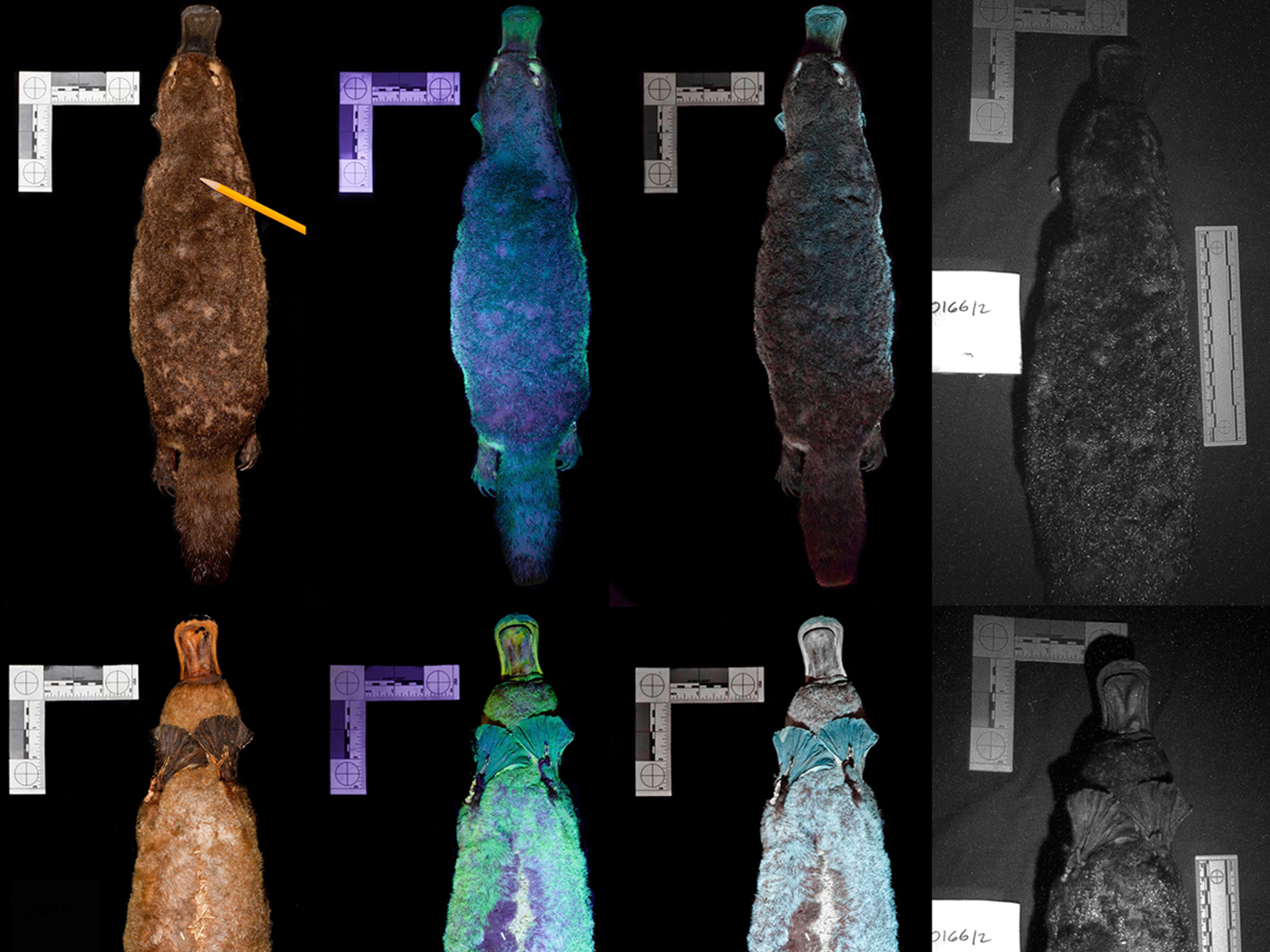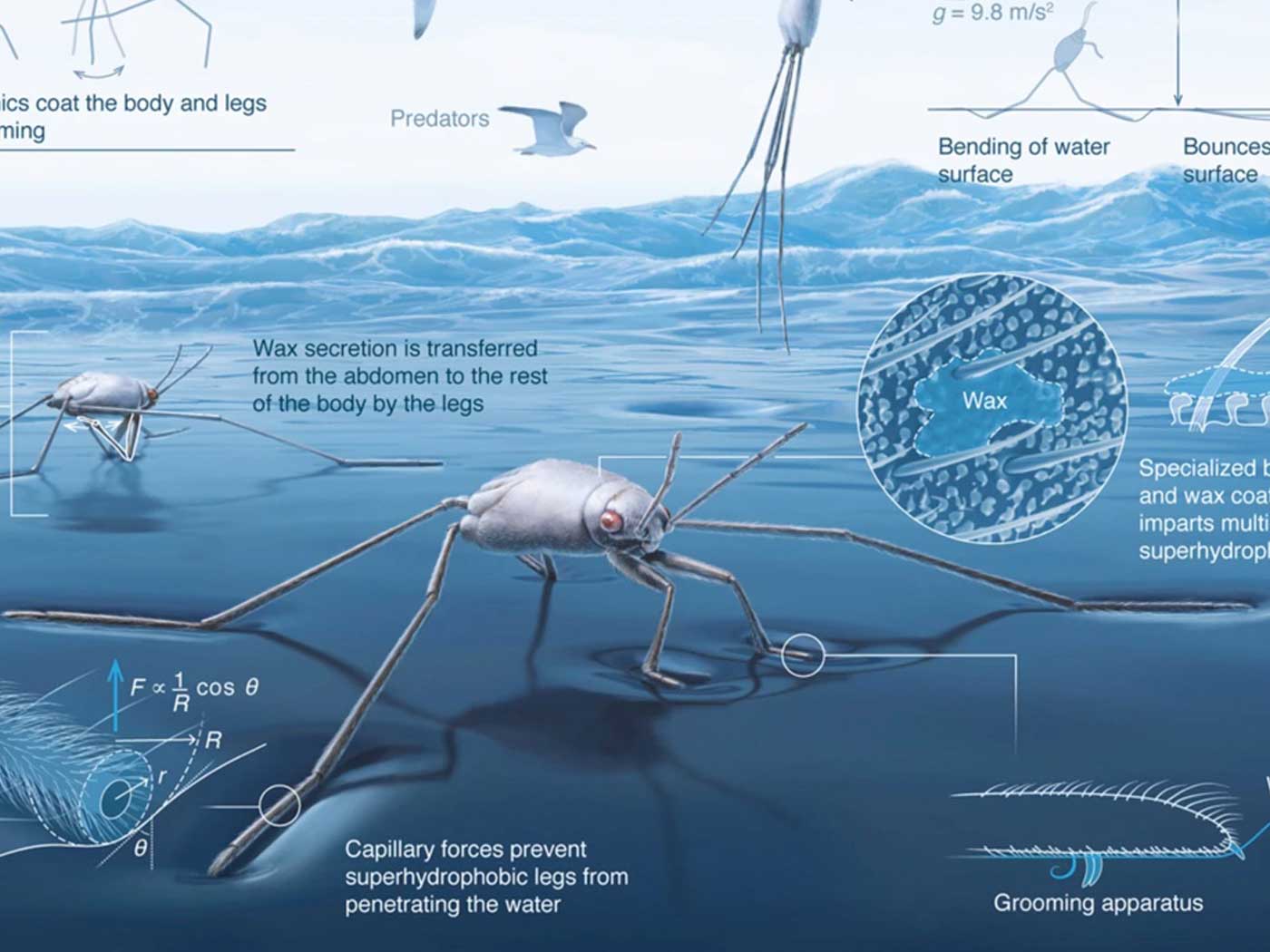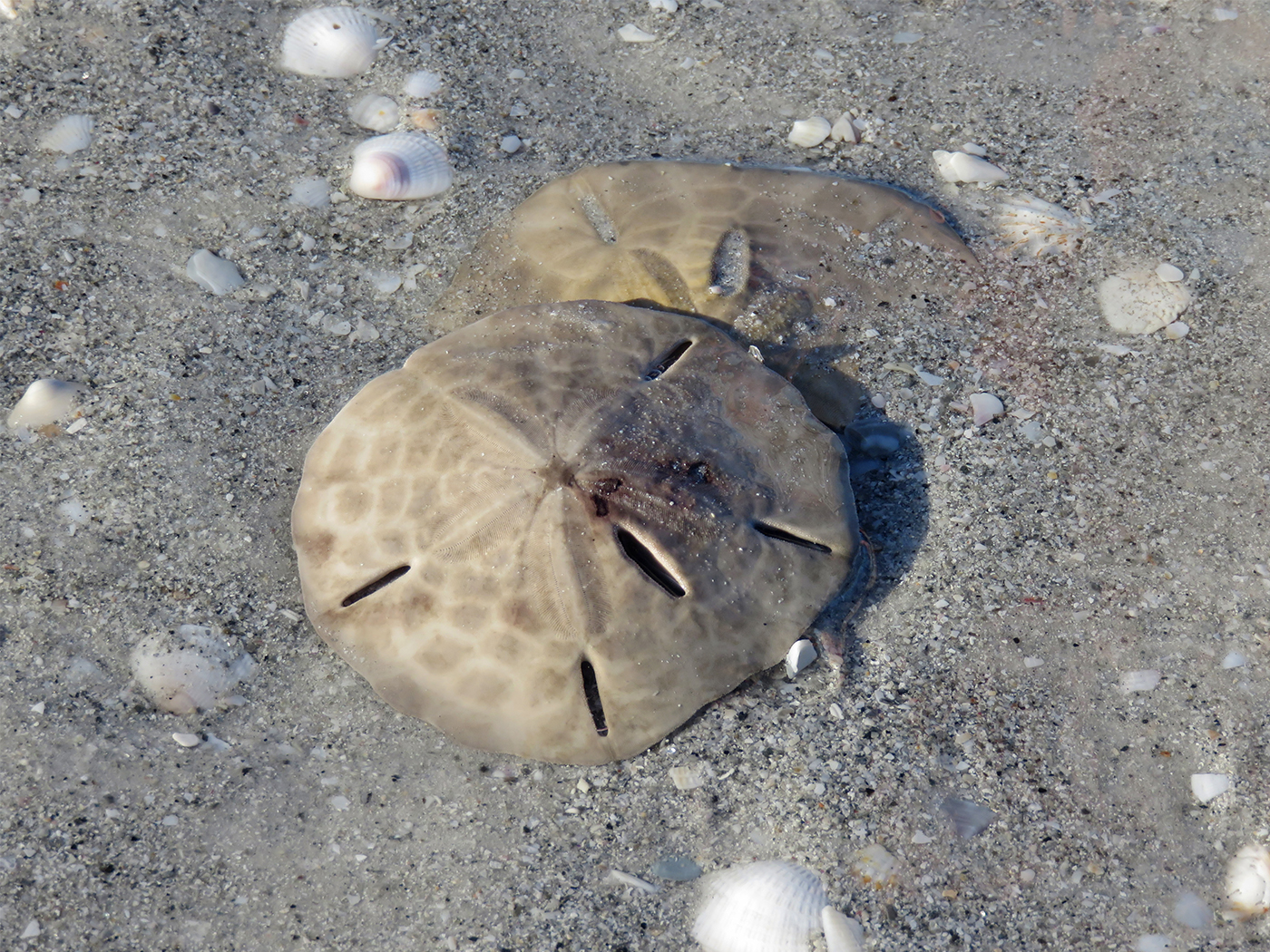Honeybees are coming back after record losses in 2019, a survey of U.S. beekeepers says. The Bee Informed Partnership says this past winter [measured from October 1, 2019 to March 31, 2020] was one of the smallest loss of colonies in 14 years. Researchers credit better management by beekeepers for the resurgence in colonies. … According to the partnership survey, beekeepers lost a little more than 22% of their colonies over the past winter compared to the average wintertime loss of 28%.1
Beating the average is good. But beating last year’s disappointment is even better, because the record losses in 2019 (which means the winter of 2018-2019) were counted at 37.7% loss, unhappily setting record for winter losses.3
So, what are the major problems with bee populations anyway?
"The reason why colonies can die are very multiple and that's unfortunately, the complex reality of honeybee health is that there are multiple drivers that are affecting honeybee health. We usually categorize them in categories of what we call the four Ps, which is pests, pathogens, poor nutrition and pesticides.” Dr. Nathalie Steinhauer of the University of Maryland says.1
The statistics are based upon a very large sample database, about 1/10 of the honeybees registered with the Bee Informed partnership.
According to the Bee Informed Partnership (which includes the University of Maryland), more than 3,377 beekeepers managing 276,832 colonies across the United States responded to the survey. The university says this represents more than 10% of the nation’s estimated 2.67 million managed colonies.2
Of course, honeybees are blessings to our world in direct and indirect ways.
Honey bees are essential for the pollination of flowers, fruits and vegetables, and support about $20 billion worth of [annual] crop production in the U.S., … [according to] Matthew Mulica, senior project manager at the Keystone Policy Center, a consulting company that works with the Honey Bee Health Coalition.3
A direct benefit provided by honeybees is the honey they produce. Many of us enjoy with it our food, such as an ingredient in energy bars, or mixed in oatmeal, or as a sweetener in coffee, or infused into honey-baked hams, or spread upon baked salmon as part of a honey-mustard sauce, etc.
The Bible reports honey as a nutritious and valued food.4 Honey was consumed by Samson, Jonathan, and John the Baptist.5 The ultimate example of honey’s importance occurred when the risen Christ ate honeycomb with broiled fish to prove unto His disciples that He really was resurrected in His physical body.5
Honeybees also indirectly benefit the global ecosystem by pollinating many plants, which are later eaten as foods or are otherwise useful.3 So it’s always good news when honeybee populations are surviving and thriving!
But there’s more in the busy buzzing lives of honeybees.
Honeybees—as well as other sorts of bees—can exhibit, for those with eyes to see, God’s bioengineering genius in how He has providentially designed and constructed these tiny flying insects for their busy activities.
Bees never crash, even when they land on an upside-down surface. Their efficient landings show that current landing techniques for aircraft and spacecraft are overly complicated. Aircraft designers could learn a lot from a bee.6
Yes, bees are designed with a brain the size of a grass seed with less than one million neurons, and yet they can recognize human faces, count, improve upon what they are learning, do basic math, link symbols to numbers, and navigate using spatial memory with a “rich, map-like organization.”7
As it turns out, orphan genes unique to social honey bees (Apis mellifera) play an important role in all the different glands and organs mentioned above where gene expression was specifically measured and quantified in each structure. Even the brain and midgut were found to contain significant levels of orphan-gene expression—which makes sense in light of the honey bees' unique social behavior and diet. And not only are orphan genes uniquely expressed in specific organs, they were also found to play a major role in gene expression differences between forager and nurse workers. While bees initially grow and develop using the same genome, epigenetic changes (chemical tags in the chromosomes) allow them to diversify into two different specialized social roles in the colony.8
Yes, bees are designed with a brain the size of a grass seed with less than one million neurons, and yet they can recognize human faces, count, improve upon what they are learning, do basic math, link symbols to numbers, and navigate using spatial memory with a “rich, map-like organization.”7
As it turns out, orphan genes unique to social honey bees (Apis mellifera) play an important role in all the different glands and organs mentioned above where gene expression was specifically measured and quantified in each structure. Even the brain and midgut were found to contain significant levels of orphan-gene expression—which makes sense in light of the honey bees' unique social behavior and diet. And not only are orphan genes uniquely expressed in specific organs, they were also found to play a major role in gene expression differences between forager and nurse workers. While bees initially grow and develop using the same genome, epigenetic changes (chemical tags in the chromosomes) allow them to diversify into two different specialized social roles in the colony.8
The list could go on. Bee bodies and behaviors provide biotechnology we can learn from and blessings we directly and indirectly benefit from, as well as countless opportunities to just enjoy marveling at what God has done in and with these winged wonders.9 It’s good news that honeybee populations are thriving!
References
1. Staff writer. U.S. Honeybees Making Comeback, Survey Shows. Voice of America News. Posted on voanews.com June 23, 2020, accessed June 30, 2020.
2. Bruckner, S., N. Steinhauer, J. Engelsma, et al. 2019-2020 Honey Bee Colony Losses in the United States: Preliminary Results. Bee Informed Partnership. Posted on beeinformed.org June 22, 2020, accessed June 30, 2020.
3. Jacobo, J. Nearly 40% Decline in Honey Bee Population Last Winter ‘Unsustainable’, Experts Say. ABC News. Posted on abcnews.com July 9, 2019, accessed June 30, 2020.
4. Genesis 43:11; Exodus 3:8; Deuteronomy 8:8; Proverbs 24:13; Psalm 119:103; etc. See also Morris, H. M. Milk and Honey. Days of Praise. Posted on ICR.org September 16, 1995, accessed June 30, 2020.
5. Judges 14:8-9 (Samson); 1 Samuel 14:25-29 (Jonathan); Matthew 3:4 and Mark 1:6 (John the Baptist); Luke 24:36-43 (the risen Christ).
6. Thomas, B. 2010. Bee Landing Strategy May Lead to Better Aircraft. Creation Science Update. Posted on ICR.org January 12, 2010, accessed June 30, 2020.
7. Sherwin, F. 2019. Bee Brains Aren’t Pea Brains. Creation Science Update. Posted on ICR.org July 11, 2019, accessed June 30, 2020. See also Ropes, M. 2000. Mary Jones and her Bible. Tain, Scotland: Christian Focus Publications, 134-137. Bees specifically recognized a Welsh honey-collector, Mary Jones, as harmless, so they never stung her.
8. Tomkins, J. 2015. Honey Bee Orphan Genes Sting Evolution. Creation Science Update. Posted on ICR.org February 19, 2015, accessed June 30, 2020.
9. Johnson, J. J. S. 2011. Our Daily Bread: How Food Proves Providence. Acts & Facts. 40(4): 8-9.
*Dr. Johnson is Associate Professor of Apologetics and Chief Academic Officer at the Institute for Creation Research.




